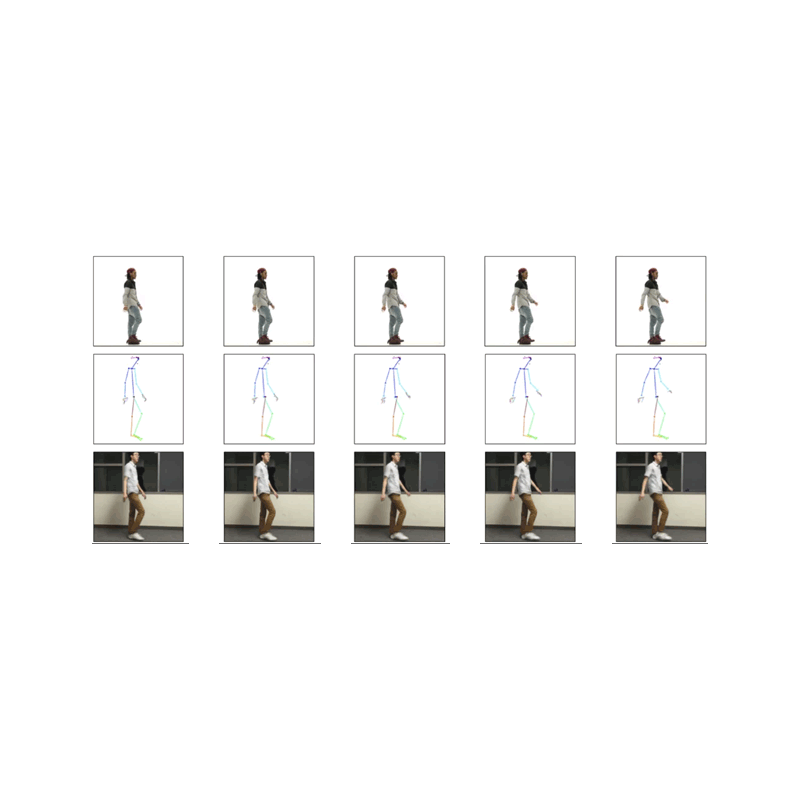
Artificial Intelligence (AI) can do a lot of things, and this is why creating smart computers have become even more fascinating.
From speech and face recognition, computers in playing games better humans, autonomous cars and machines to many other things, AI has made those possible. But one of the most controversial, would be 'deepfake' videos which involve face-swapping, and the more recent 'Deep Video Portraits'.
This time, researchers from University of California, Berkeley, have created an AI that makes anyone capable of dancing.
It does this by reading someone's dance move, and copy them on to a target body.
Below is a video uploaded by Berkeley's Caroline Chan, showing the AI in action:
For this to work, the AI must first analyze videos on both a target dancer, and the source dancer.
The AI then translates the source dancer's move into moving stick figures. Then there is a subroutine that smooths the movements of the stick figures so the dancers don’t jerk about too much, and there’s also separate neural network dedicated to retracing the target’s face to ensure realism.
To get a good-quality transfer, the AI needs around 20 minutes of footage at 120 frames per second.
After that, the AI then imposes the moves of the source into the target dancer's body.
"With our framework, we create a variety of videos, enabling untrained amateurs to spin and twirl like ballerinas, perform martial arts kicks or dance as vibrantly as pop stars," the researchers wrote.
The illusion isn't perfect, and this can be seen from the waviness of the generated dance moves.
There are also limitations to the program that can’t accurately model loose fabrics, for example. This results in quite a few visual anomalies. Then there are moments where the joints of the target and source dancer don’t sync quite well, and moves that the AI couldn’t reproduce, like complex movements of the hand flipping from back to front.
But still, the researchers showed how AI can do manipulative things when trained properly.
The Berkeley team's dancing project also illustrates the rapid advancement in AI systems, and a good example of how we should really question the validity of whatever we see on the internet.
The AI is the subject of a paper titled Everybody Dance Now.
